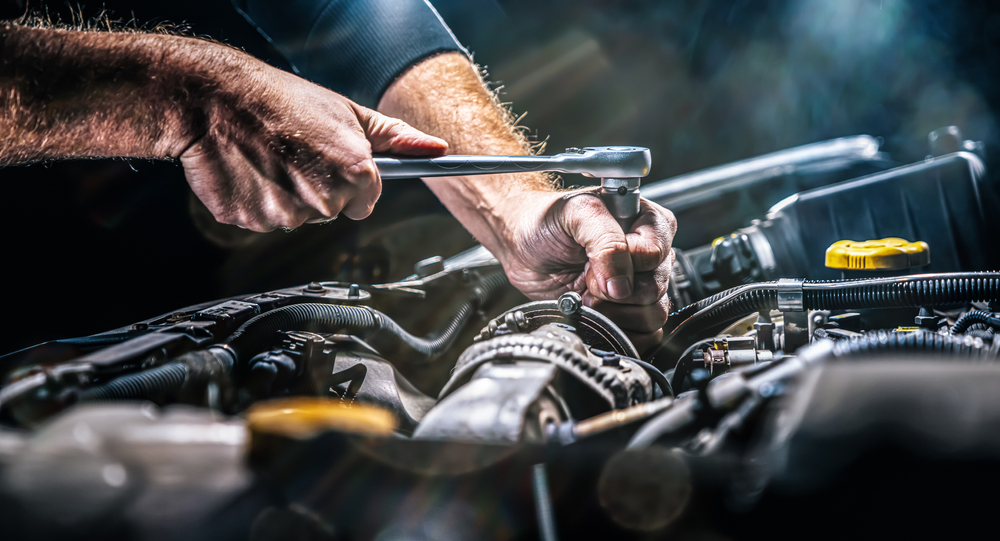Vehicles have massively complex systems and are an expensive investment. Keeping your vehicles in tip-top shape requires a lot of time, money, and effort. Mostly, just to save some money, car owners tend to service their own cars or get their cars repaired by a friend. But trust us, this can easily damage your car especially if you have limited experience repairing vehicles. Therefore, it is always recommended to hire a professional mechanic to service your vehicle to ensure optimal safety on the road and that it runs well for years to come. To help you understand better, we have listed some of the reasons why it’s important to hire a knowledgeable and reputable mechanic to work on your car.
1. Professional services for repair and maintenance.
When you’re not constantly upkeeping and maintaining your vehicle, a minor fault can end up becoming a huge problem. Therefore, hiring a professional auto mechanic becomes important because an experienced mechanic will inspect your vehicle and diagnose the problem to offer you a fast repair. They will also ensure that your other car components, such as the engine, brakes, transmission, and belts, are also functioning correctly.
Related: “Tips for Choosing the Right Mechanic”
2. A knowledgeable mechanic can save you money.
Hiring a skilled auto mechanic will save you not only money, but also time. An experienced mechanic will provide you with an excellent value for your money and reduce your bills with efficient and quick fixes. But if you refer to a less reputable mechanic, there’s a chance you will end up increasing your repair cost without the problem being properly resolved. Be sure to research your local auto shops and compare their estimated prices before continuing.
3. They will help you prevent future problems.
Do you want to reduce future maintenance? Then hiring a knowledgeable and highly-rated mechanic is the smartest choice you can make. A professional auto mechanic will address all the vehicle issues, providing you with the peace of mind that all repairs are fully covered and carried out under guarantee.
Related: “Basic Tire Maintenance Every Driver Should Know”
Find Your Professional Mechanic Today!
Your vehicle can have a variety of different issues. Sometimes these problems can be fixed and repaired with some slight adjustments, whereas other times, these vehicle issues can be a complete mystery. Therefore, hiring a knowledgeable mechanic means you won’t have to wait long for your vehicle to get fixed.
If you’re looking for an auto mechanic in Fort Worth, TX, come to Mike’s Brake & Alignment Shop when you need a knowledgeable mechanic for your car. Contact us at (817) 834-2725 today to find out exactly how we can help you keep your car in perfect running condition. Please feel free to explore our online website to learn more about us.


















